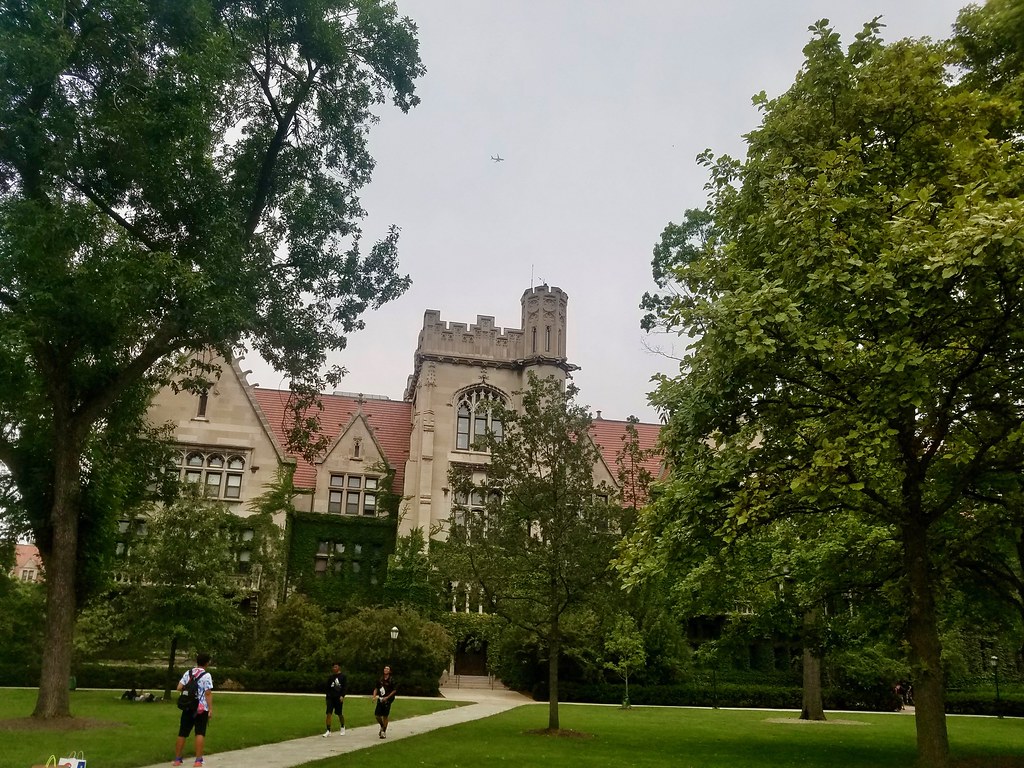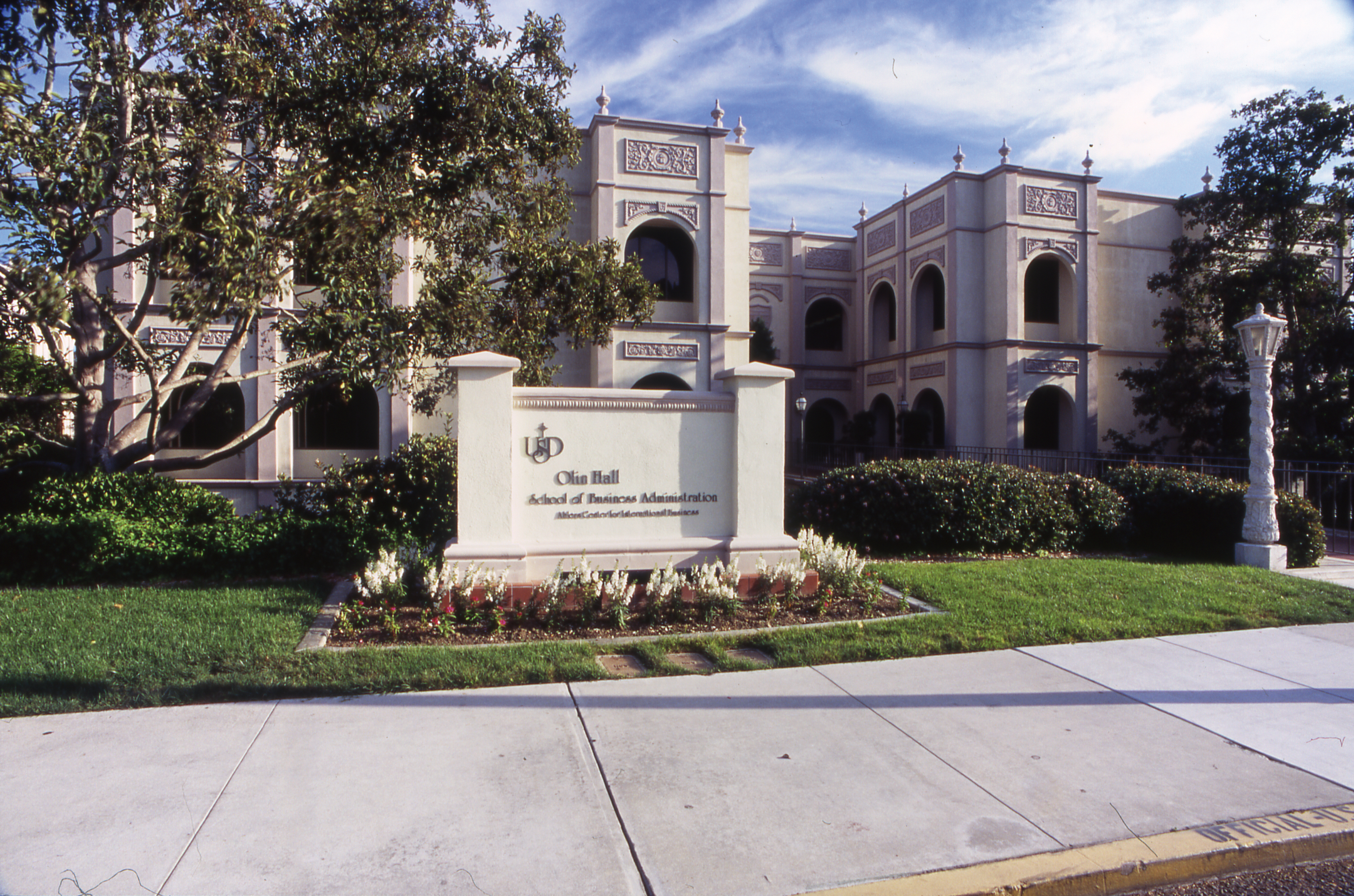Many students want to study in one of the best schools for Master’s in Finance. It’s not only because of the schools’ reputation, but also due to the programs’ academic rigour and prospective future career. Many graduates devoted themselves to the field of investment banking, asset management, and fintech. According to the statistics, the median starting salary of an excellent graduate from the Master’s in finance can reach more than $260,000. In this article, we rank the top 10 best universities for Master’s in Finance in the US for 2025, with the analysis of program prestige, rankings and employment rates, to help you gain a more comprehensive understanding of the best Master’s in Finance in the USA.
Why Choose a Master’s in Finance Degree in USA?
The U.S. dominates finance education, hosting 7 of the world’s top 10 finance programs (Financial Times/QS). Elite schools like MIT Sloan and NYU Stern offer cutting-edge curricula, Wall Street connections, and renowned faculty. While tuition is high( about $50K-$80K) at the best grad schools for finance in the US, many programs provide scholarships or STEM-designated tracks that extend OPT work authorization to 36 months. Most programs take just 12-18 months to complete, often with no work experience required, delivering high graduate employment rates and salaries. Below are several benefits of studying Masters in Finance at the top schools.
- More job opportunities: A Master’s in Finance can offer graduates specialised expertise in the fields of finance, making them more competitive in the global employment market and find suitable jobs in areas like corporate finance, investment banking, asset management, etc.
- Skill obtaining: Many Master’s in Finance programs are beneficial to students’ quantitative and analytical skills, which are not only useful in job seeking, but also good for their personal asset management.
- Industry threshold pass: Many core positions, such as quantitative analysis and risk management, explicitly require a master’s degree in Finance, and top institutions tend to recruit those with a master’s degree in Finance from the top
- Networking opportunities: Many top business schools like MIT Sloan offer exclusive job fairs and mentorship programs, and their alumni networks cover enterprises such as Goldman Sachs and McKinsey, which is good for students’ development of future careers.
- Transformation and promotion accelerator: A master’s degree in finance provides those with non-business undergraduate backgrounds another opportunity to transfer to investment banks, PE/VC, etc. For those who are already in the financial industry, a master’s degree is the key to breaking through the bottleneck of promotion and becoming a manager in their industry.
10 Best Schools for Master’s in Finance
1. Princeton University
Admission rate: 5%
Enrolment: 25 to 40 students
International students ratio: 70%
Employment rate: 98%
Princeton University is the top MS finance school in the US, whose program is offered at the Bentheim Centre for Financial Research. The program is renowned for its quantitative research and has been ranked among the top 3 in the QuantNet list of financial engineering for five consecutive years. It is also certified by the STEM, deeply integrating machine learning and financial modelling in its courses.

2. MIT
Admission rate: 10%-12%
Enrolment: 120-130
International students ratio: 89%
Employment rate: 95%
The Sloan School of Business of MIT is one of the best schools of Masters in Finance, offering a STEM-accredited program in two modes: an 18-month standard study format and or a 12-month intensive study format. Its financial engineering program is perennially ranked at the top of QuantNet’s list of majors. The international students at the Sloan School of Business of MIT account for 89%, with an average of 12-month practical experience.
3. Yale University
Admission rate: 8%-10%
Enrolment: 57
International students ratio: 85%
Employment rate: 95%
Yale University is one of the best grad schools for finance. Its Master of Science in asset management is a STEM-accredited program established by the School of Management in 2019 that focuses on developing asset allocation professionals.
The enrolment of Yale’s Master’s in Finance Program is 57 students, 89% of whom are international. Their undergraduate GPAs range from 3.47 to 3.99, and their quantitative GRE scores are in the top tier between 161 and 170.
4. Johns Hopkins University
Admission rate: 35%-40%
Enrolment: 300-400
International students ratio: 85%
Employment rate: 80%
As one of the best finance grad schools in the US, Johns Hopkins University has a STEM-accredited program in its Carey School of Business. It produces a new educational system of a 15-month program in Fall 2024. Students can choose to study at the Baltimore campus or Washington, D.C.
The Johns Hopkins University Master’s in Finance program has an acceptance rate of approximately 35%-40%, enrolling 300-400 students annually across its Baltimore and Washington, D.C. campuses. While less competitive than elite programs like MIT or Princeton, JHU maintains selective admissions. The program is highly international, with over 80% of students coming from outside the U.S. Chinese students represent the largest subgroup among international enrollees.
5. Columbia University
Admission rate: 5%
Enrolment: 25-35
International students ratio: 98%
Employment rate: 70%
The MS in Financial Economics at Columbia University is one of the top and most competitive programs in the field of finance, jointly offered by Columbia Business School (CBS) and the Department of Economics.
The acceptance rate of MS in Financial Economics at Columbia University is as low as 5%, with only 25-35 students admitted globally each year. The proportion of international students is about 70%, and most of the applicants have a strong educational background.
6. University of Chicago
Admission rate: 10%
Enrolment: 100-120
International students ratio: 94%
Employment rate: 70%
The University of Chicago is one of the best universities for a Master’s in finance masters. The Booth School of Business offers an MS in Finance program, which is top-tier and accredited by STEM. The program emphasises quantitative finance, asset pricing, and risk management, suitable for both career-oriented and advanced academic study. The enrollment of the University of Chicago is about 100-120 students per year, slightly larger than MIT and Princeton, and its acceptance rate is about 10%. International students account for 70%.

7. Vanderbilt University
Admission rate: 25-30%
Enrolment: 50-70
International students ratio: 40%
Employment rate: 94%
The MSF program at Vanderbilt University is known for its small class elite education and high employment rate, the courses related to the MSF program focuses on corporate finance, investment analysis and valuation, suitable for applicants with non-quantitative background. The Vanderbilt MSF program accepts 50-70 students annually, with a competitive acceptance rate of 25%-30%. The class is globally diverse, with 40% international students.
8. University of Notre Dame
Acceptance rate: 30%-35%
Enrollment: 60-80 students
International student ratio: 35%-40%
Employment rate: 93%
The finance grad program at the University of Notre Dame builds on the strong academic reputation of the Mendoza College of Business, with a curriculum that focuses on investment management, corporate finance, and fintech, combined with an ethical education that fosters socially responsible finance. The program is a one-year program with STEM certification and a 36-month OPT for international students.
9. Emory University
Enrollment: 50 students
Acceptance rate: 20%-25%
International student ratio: 45%
Employment rate: 95%
The Goizueta School of Business at Emory University innovatively launched the Master of Analytical Finance program in 2021, responding to industry demand for quantitative finance professionals. It was officially renamed Master of Finance in 2023 and received STEM certification. The univeristy has partnerships with Atlanta-based Fortune 500 firms like Coca-Cola and Home Depot, providing students with more internships.
10. Washington University in St. Louis

The Olin School of Business at the University of Washington has divided its Master of Finance into four parts, including MS in Corporate Finance & Investments, MS in Quantitative Finance, MS in Wealth & Asset Management and Global Master of Finance. All of them are STEM certified and suitable for students from different education backgrounds.
MS in Corporate Finance & Investments
Admission rate: 30-35%
Enrolment: 80-100
International students ratio: 60%
Employment rate: 90%
MS in Quantitative Finance
Admission rate: 20-25%
Enrolment: 40-50
International students ratio: 70%
Employment rate: 95%
MS in Wealth & Asset Management
Admission rate: 35-40%
Enrolment: 30-40
International students ratio: 50%
Employment rate: 88%
Global Master of Finance
Admission rate: 25-30%
Enrolment: 20-30
International students ratio: 90%
Employment rate: 85%
How Much is a Master’s in Finance in the USA?
The cost of a Master’s in Finance in the USA ranges from $30,000 to $80,000 per year, depending on your university and programs. Below are the details about the cost of studying at top finance schools in America.
- Columbia University‘s Master of Financial Economics: $73,064 in the first year and will continue to rise in the second year;
- Princeton University‘s Master of Finance: $62,860 in the first year and will continue to rise in the second year;
- University of Chicago‘s Master of Financial Mathematics: $96,826/year.
- New York University‘s Master of Science in Finance: $75,000/year
- Johns Hopkins University‘s Master of Science in Finance: $60,000-$70,000/year;
- Washington University in St. Louis’ Master of Science in Finance: $55,000-$65,000/year.
While tuition and fees make up the bulk of expenses for a Master’s in Finance in the U.S., students must also manage their spending on student accommodation, food, transportation and other living expenses, which can significantly impact the total investment.
Conclusion
Studying in the best schools for Master’s in Finance in the U.S. offers many advantages, including direct access to globally recognised programs, unparalleled career prospects in financial hubs like New York and Silicon Valley, and an easy transition from a non-business background to the financial industry. While the tuition cost is relatively high, the 10 Best Schools for a Master’s in Finance listed in the blog are cost-effective powerhouses for students, providing tailored pathways to success, balancing academic excellence, career placement rates, and long-term financial returns.
FAQ
Which university is best for MS in finance?
Princeton University is best for an MS in finance. Its Bentheim Center for Financial Research is the top MS finance school in the US, certified by STEM, and its courses deeply integrate machine learning and financial modeling.
Are masters in finance worth it?
Yes, there are several benefits of studying a master’s in finance, including skills obtaining, career acceleration, developed networking, and high ROI.
Is MBA or MS better for finance?
It depends on your object of studying these two objects. MBA is suitable for those who already have jobs and want to be a manager or a leader, while MSF is designed for people who are in early careers and long for finance skills.








